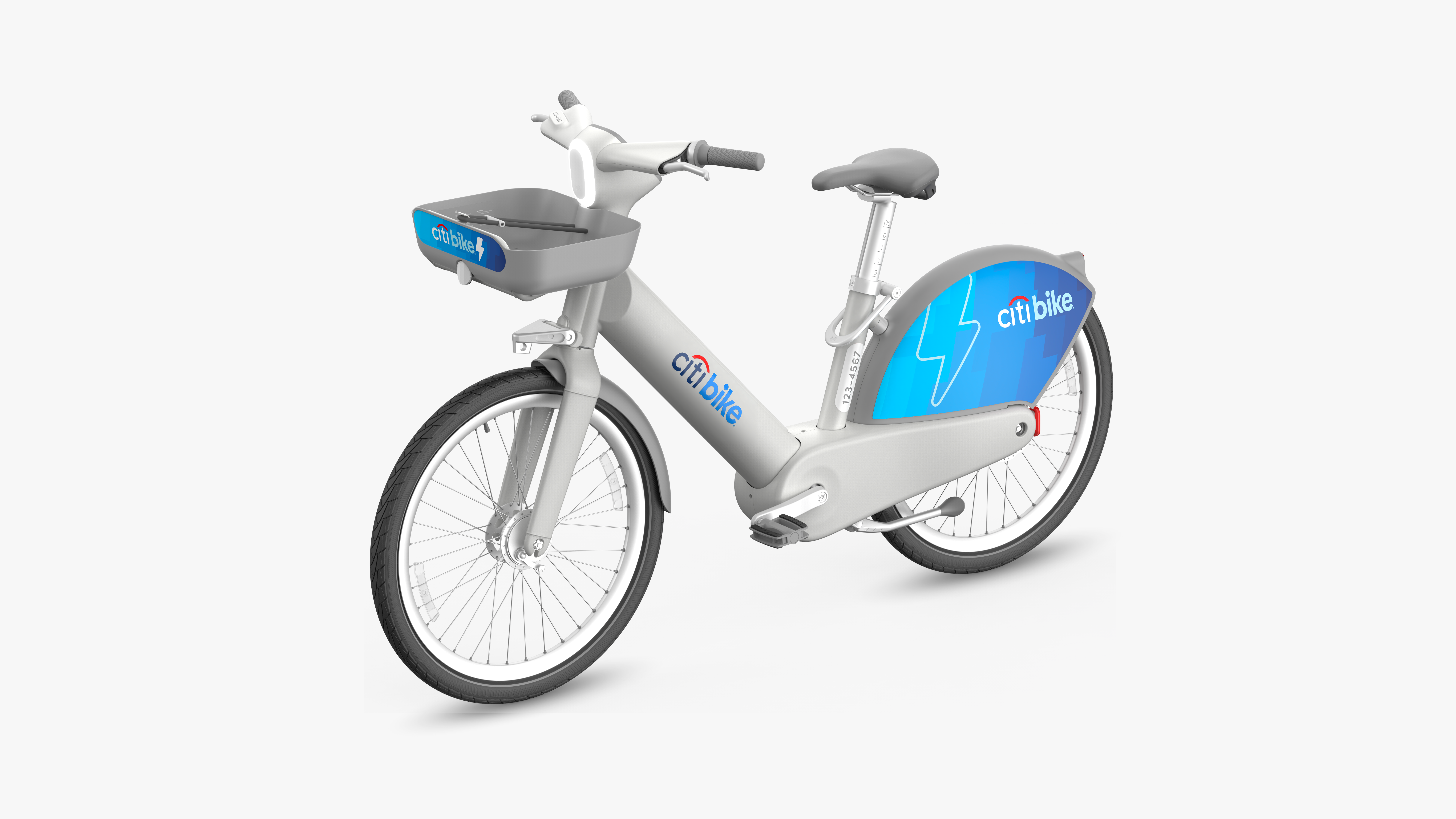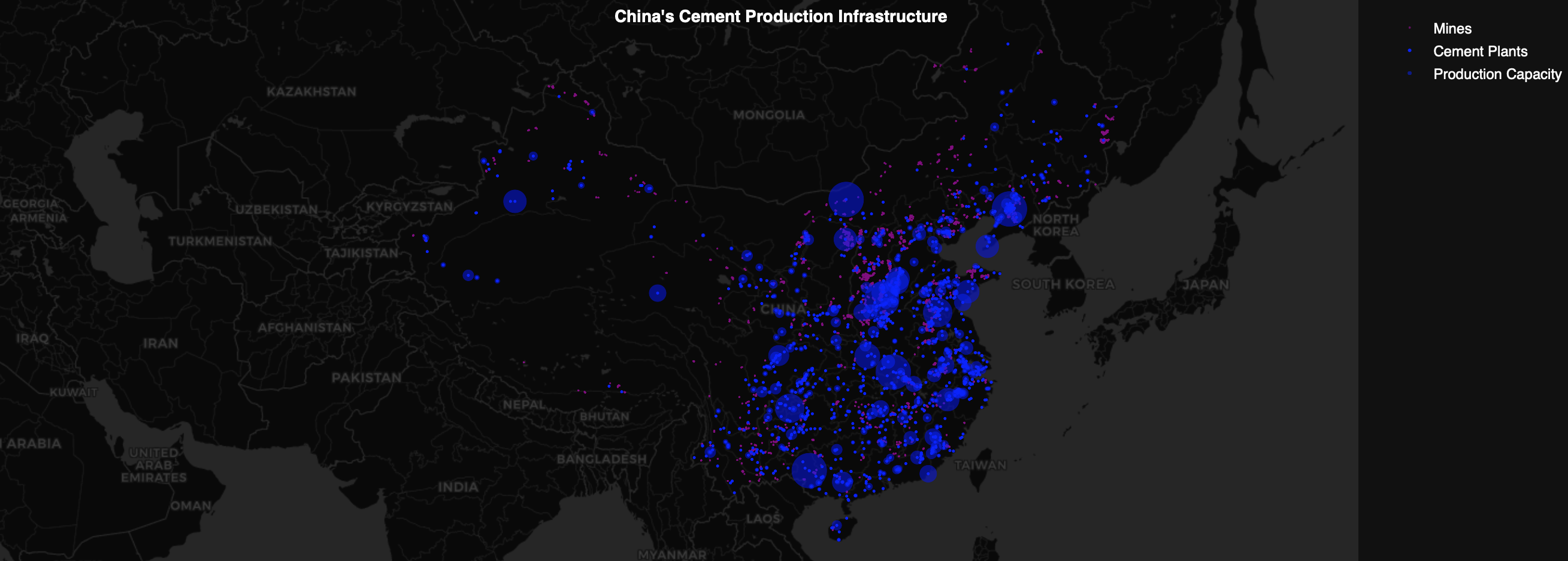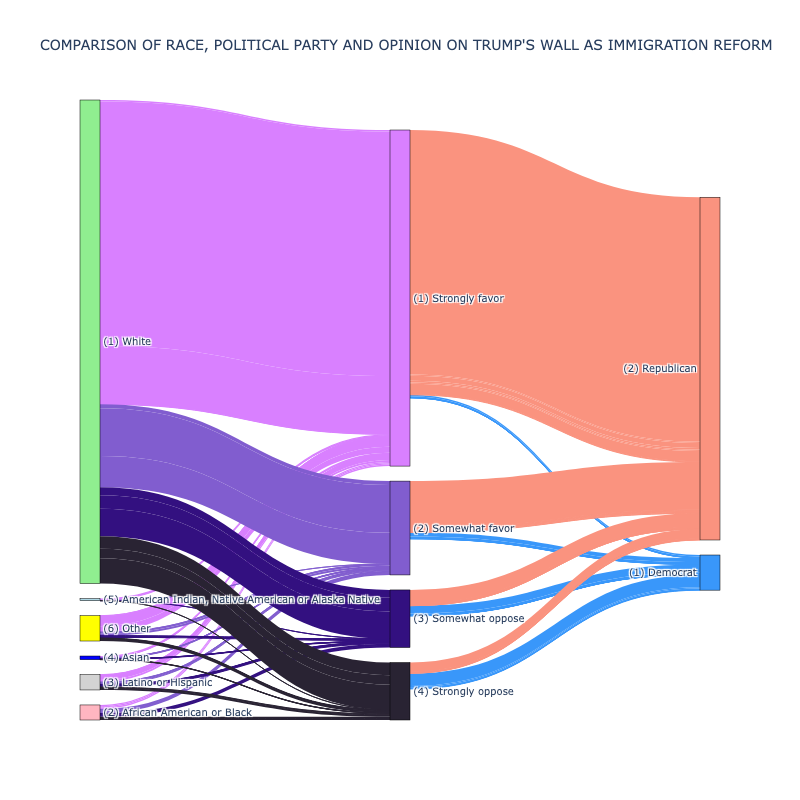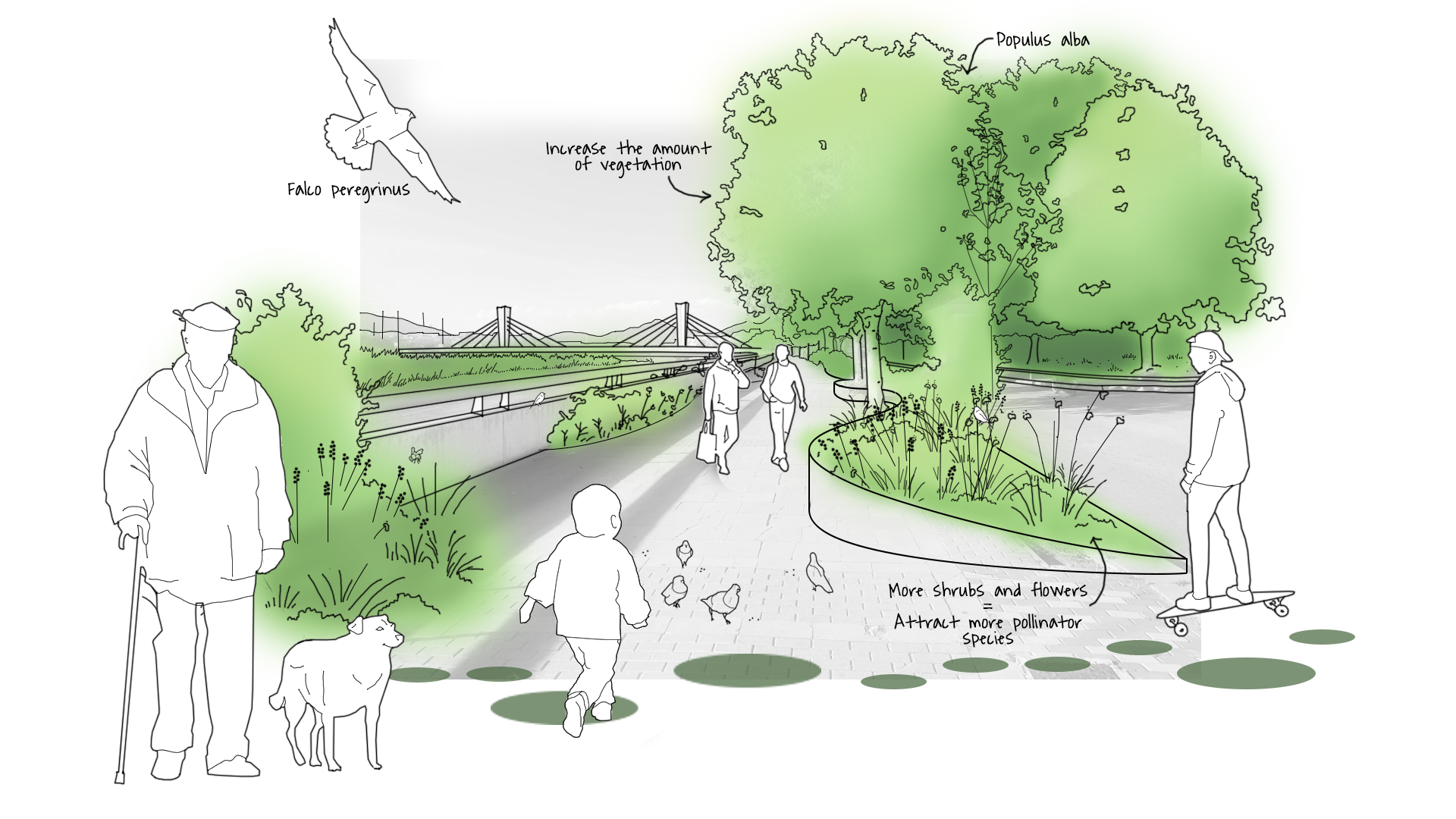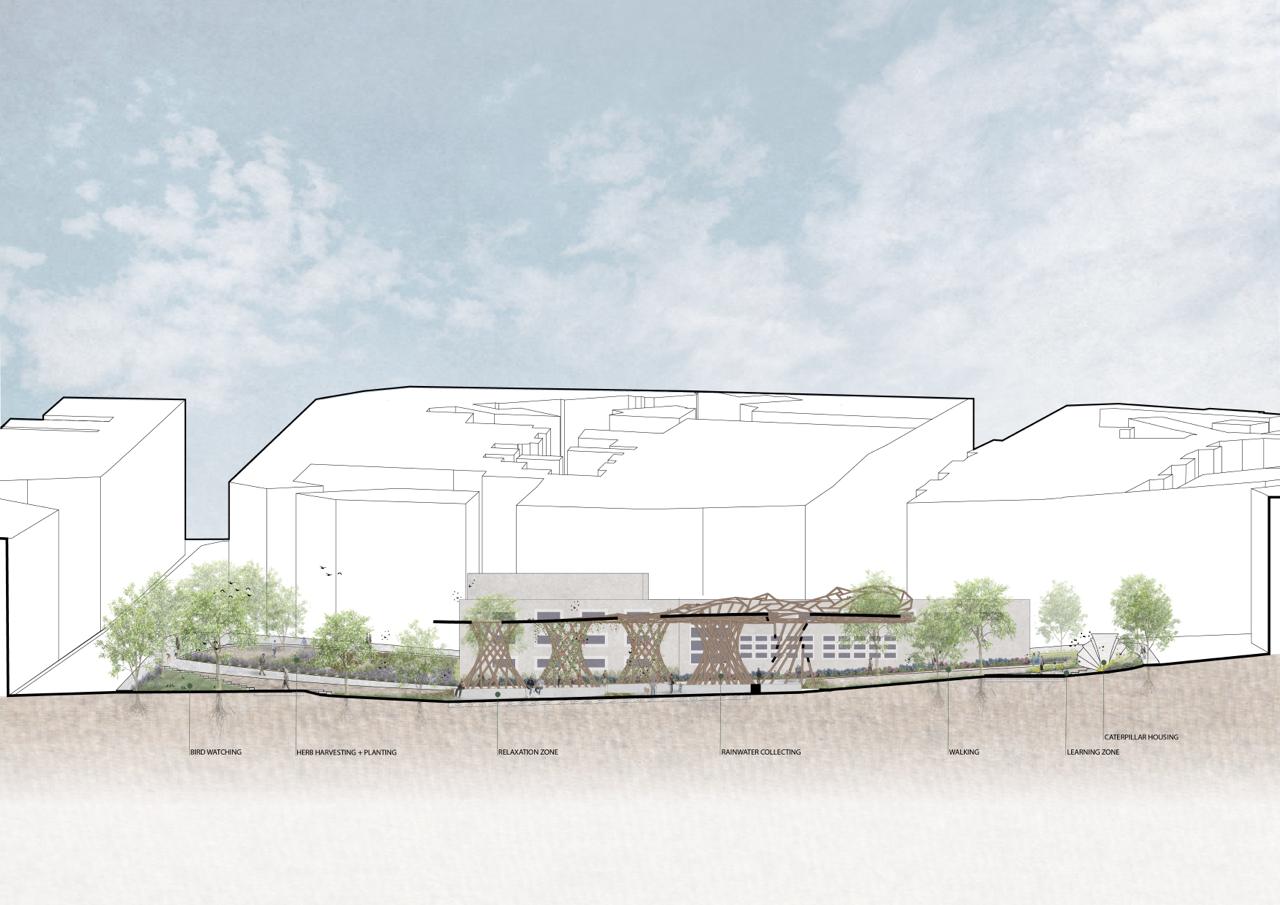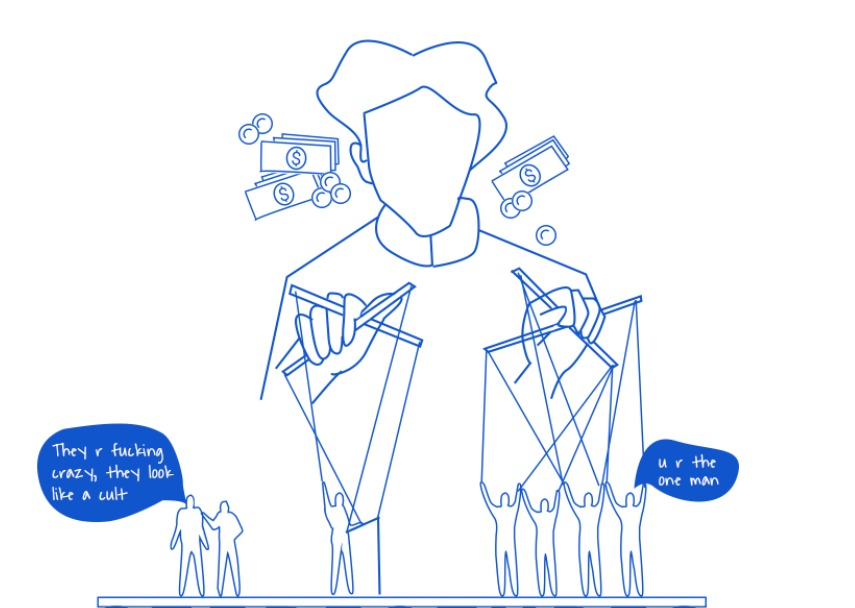THE CITI BIKE NETWORK IN NEW JERSEY ANALYSIS
The exploratory analysis performed by Josefina Ovalle, Maja Mawusi and Michał Modelski We present you an exploratory analysis on the New York City’s Citi Bike network in New Jersey. We chose the latest dataset, from October 2024, that gives us data on bike stations, bike types, bike users, and bike usage over time. The choice … Read more

